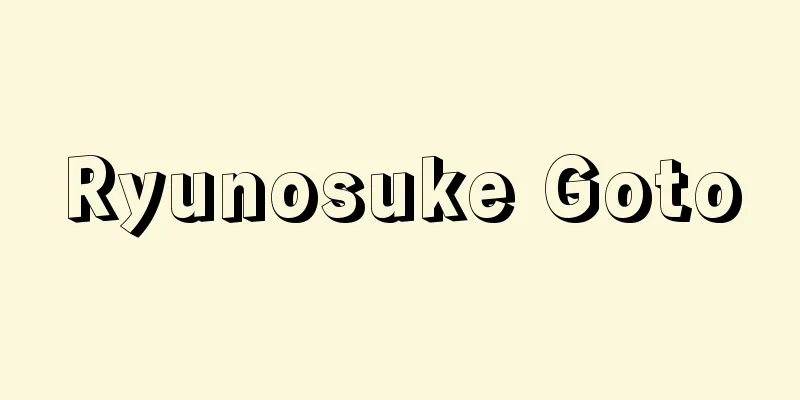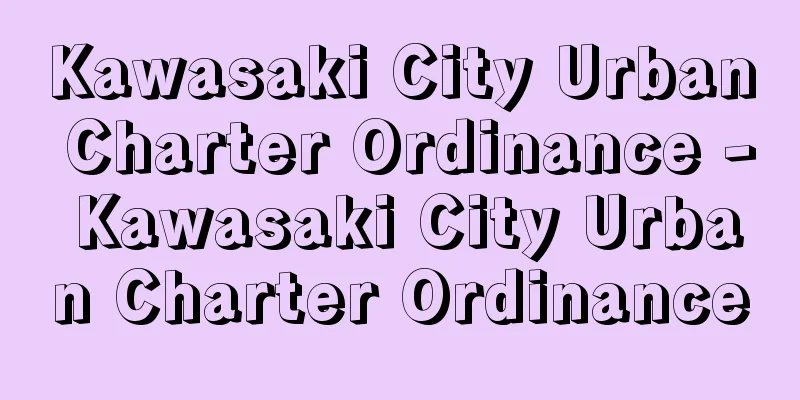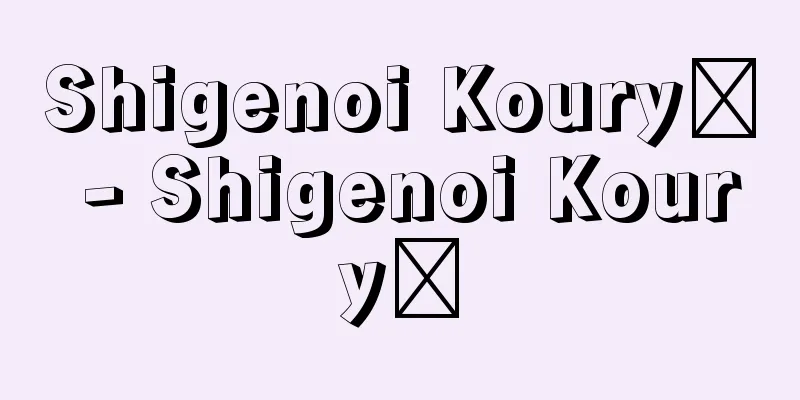Meitner

|
Austrian (Jewish) nuclear physicist. Born in Vienna, Austria. Enrolled at the University of Vienna in 1901 and studied under L. Boltzmann. Obtained his doctorate in 1906, and transferred to the University of Berlin in 1907, where he became an assistant to M. Planck and began collaborative research with O. Hahn. With the opening of the Kaiser-Wilhelm-Institut für Chemie in 1912, he was transferred there with him, and in 1918 he served as head of the radioscience and physics department there (Hahn was head of the chemistry department). In 1918, together with Hahn, he discovered protactinium ( 231Pa ) in pitchblende, and in 1934, he began research with Hahn and F. Strassmann into radioactive elements that E. Fermi had discovered by neutron irradiation of uranium, but was forced to flee to Sweden in 1938 after Hitler's one-man amalgamation. He continued to correspond with Hahn, and correctly interpreted that the barium that Hahn had detected from neutron irradiation of uranium was the result of nuclear fission. Hahn and Strassmann published their experimental results in the journal Naturwissenschaften in January 1939. Meitner's name was omitted from the list of authors, possibly due to political considerations, but also because Hahn underestimated the role that Meitner had played. In the same year, Meitner also published three papers in Nature together with his nephew, physicist Otto R. Frisch, in which he was the first to call this phenomenon nuclear fission. In 1944, Hahn was awarded the Nobel Prize in Chemistry, but the absence of Meitner was strongly criticized as a mistake on the part of the Nobel Prize Committee, and later the 109th element was named meitnerium in recognition of the importance of her work. From 1938 onwards, Meitner had been affiliated with the Swedish Nobel Institute for Experimental Physics, but she was not given an official title and was in a difficult position. He was professor at the Royal Institute of Technology in Sweden from 1947 to 1960. Source: Morikita Publishing "Chemical Dictionary (2nd Edition)" Information about the Chemical Dictionary 2nd Edition |
|
オーストリア(ユダヤ系)の核物理学者.オーストリア・ウィーン生まれ.1901年ウィーン大学入学,L. Boltzmannのもとで学ぶ.1906年学位取得,1907年ベルリン大学に移り,M. Planck(プランク)の助手となり,O. Hahn(ハーン)と共同研究をはじめる.1912年カイザー・ウィルヘルム協会化学研究所(Kaiser-Wilhelm-Institut für Chemie)の開設にともない,ともに異動して,1918年から同所放射科学・物理部門の長(Hahnは化学部門長)を勤め,1918年Hahnとともにピッチブレンド中にプロトアクチニウム(231Pa)を発見,1934年E. Fermi(フェルミ)がウランの中性子照射で見いだした放射性元素の研究をHahn,F. Strassmannと開始したが,1938年ヒットラーの独襖合併によりスエーデンに亡命を余儀なくされた.Hahnとの連絡はとり続け,Hahnがウランの中性子照射から検出したバリウムが核分裂の結果であることを正しく解釈した.HahnとStrassmannは,1939年1月,かれらの実験結果をNaturwissenschaften誌に発表した.Meitnerが著者名から抜けているのは,政治的考慮からとされるが,HahnがMeitnerの果たした役割を過小評価したためともいわれる.Meitnerも同年,甥の物理学者Otto R. Frischと連名でNature誌に3報を公表し,そのなかで,この現象をはじめて核分裂Nuclear fissionとよんだ.1944年Hahnはノーベル化学賞を受賞したが,Meitnerが入っていないのはノーベル賞委員会の失策とする批判が強く,後年109番元素が彼女の業績の重要さを認めてマイトネリウムと命名された.1938年以降,Meitnerはスエーデン・ノーベル実験物理学研究所に所属していたが,正式のタイトルもなく不遇であった.1947~1960年スエーデン王立工科大学教授を務めた. 出典 森北出版「化学辞典(第2版)」化学辞典 第2版について 情報 |
Recommend
Desert dormouse
This is a special dormouse adapted to the desert, ...
Cut sesame seeds - Cut sesame seeds
...For all dishes, cooked sesame seeds are used, ...
Grammar school
A traditional secondary school in England since th...
Kallas, A. (English spelling) KallasA
…Among female writers, Talvio is a gifted writer,...
Ato [town] - Ato
A former town in Abu District, central Yamaguchi P...
toaster
...a tool for toasting bread. In Europe and the U...
Tan Zoumaïtak (English spelling)
…The area is now a completely dry, rugged mountai...
Immersion - Immersion
This refers to specimens of animals or plants tha...
"Kikuchi Otomo's Sleeve Mirror"
...The "Seigen Anshitsu" that has been ...
cottager
…A small farmer in a medieval European village or...
Oecolampadius, Johann
Born: 1482. Weinsberg Died November 23, 1531. Base...
Civic Sports - Shimin Sports
This refers to the form of local sports by people ...
Night Market - Yomise
A stall set up by street vendors at night. Origin...
Sŏnangdang (English spelling)
One of the representative forms of Korean hall wor...
Metallography
...The term macrostructure is used to refer to so...









